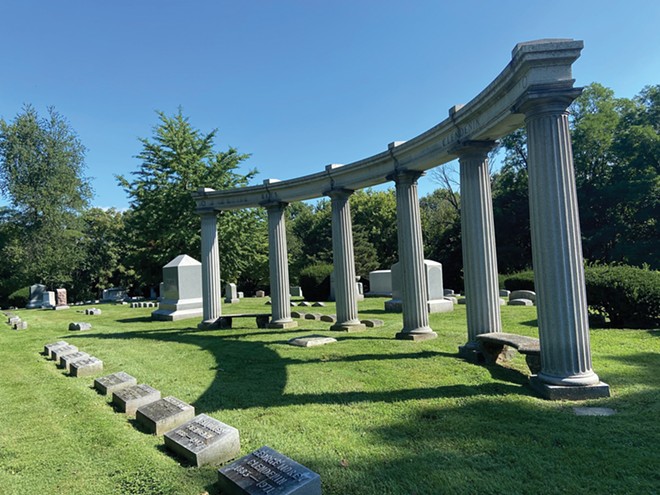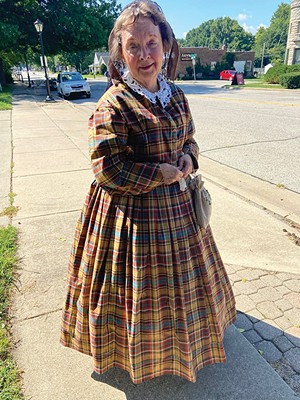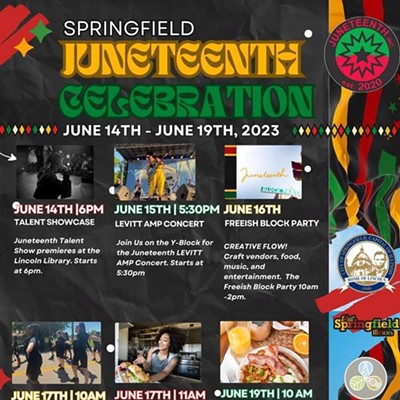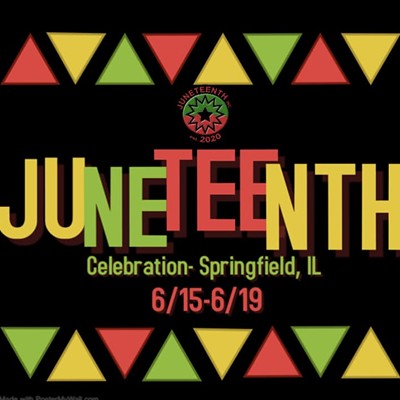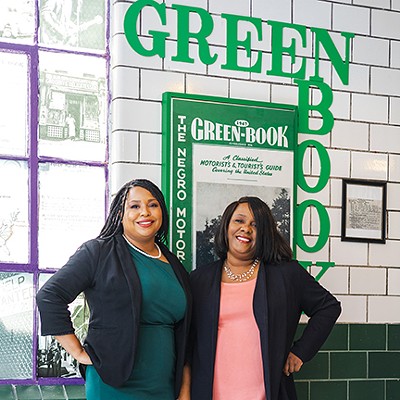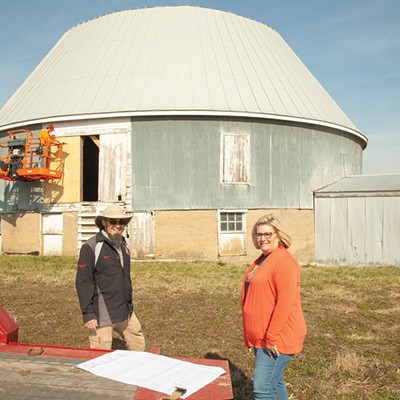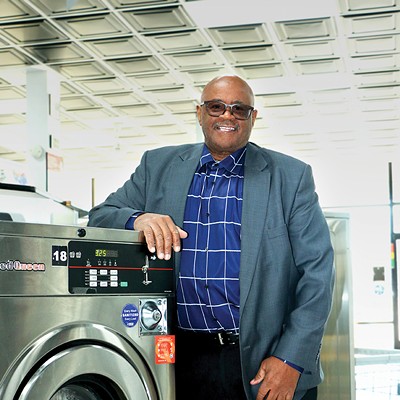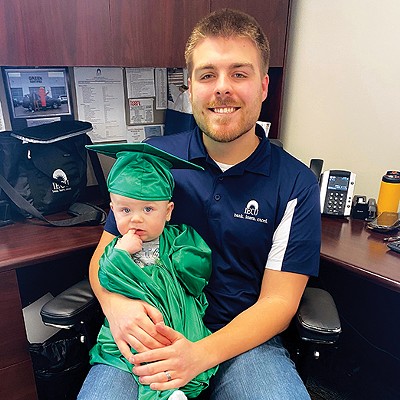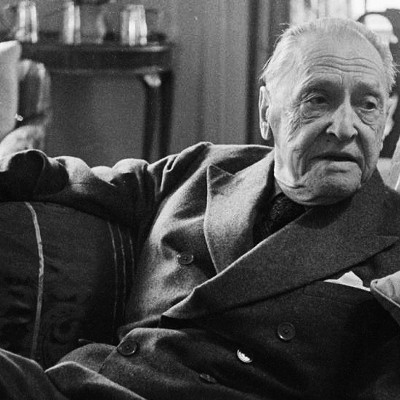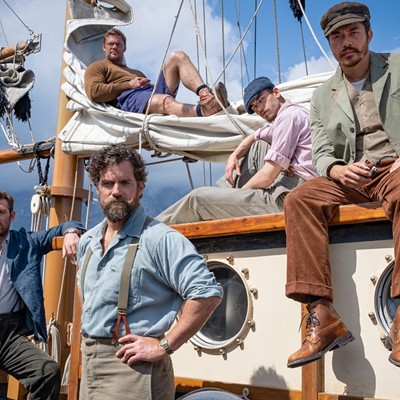First there was the pandemic in 2020, then inclement weather in 2021, causing the Sangamon County Historical Society to cancel its Oak Ridge Cemetery Walk. But, this year, plans are set to once again welcome visitors on Sunday, Oct. 2. Actors, in period costumes, will portray eight Springfield citizens who made a difference to Springfield. The information has been carefully researched for accuracy.
Margaret Carpenter will tell the story of her husband, William (1787-1859). Around 1820, the couple established a farm on the Sangamon River, where Riverside Park is today. William owned a ferry on the stagecoach line. Later, after moving into Springfield, William became a mercantile owner, postmaster and state representative, but was forced off the election ticket for supporting voting rights for free African Americans. Carpenter Park and Carpenter Street are named after the couple.
William Northcutt (1854-1917) was a lawyer, established an insurance company, and served as lieutenant governor from 1897-1905. He served 13 years as chapter president of the Modern Woodmen of America. His gravestone, erected by his friends, is unusual – a design including a bench and a well. Learn about some of the 90 fraternal organizations that existed in Springfield, such as the Masons, the Elks, the Odd Fellows, and others. The Odd Fellows' weeklong convention in 1897 included 3,000 people marching in a parade.
Salome Paddock Enos (1791-1877) and her husband, Pascal, left Vermont in 1815 and endured a long, arduous journey with many difficulties: broken wagon, poor weather, muddy roads and bad overnight accommodations. After living near St. Louis, they came to Springfield in 1823 when Pascal was appointed the federal land receiver for the county. They lived at what is now Second and Jefferson, and later owned land that was donated for the town square – now the site of the Old State Capitol.
Bells ring daily because of Thomas Rees (1850-1933). He conceived the idea and paid for the Washington Park carillon, which bears his name. Rees was from Iowa; his father was the publisher of the newspaper there and had hired young Mark Twain. Rees went into the business; he and two others bought the failing Keokuk Constitution paper and successfully reformed it. They came to Springfield in 1881 to help save the Illinois State Register. Again, they were successful, along with business partner Henry Clendenin. The paper was known as the most powerful Democratic paper in downstate Illinois. Their partnership lasted for 40 years, and the two families share a large, Greek-columned memorial. Rees came to regret some of the opinions published in the paper over the years.
Harriet Knudson (1883-1969) is remembered by flowers. She was instrumental in founding Lincoln Memorial Garden. Harriet and her husband, a well-known doctor, built a summer home near Pleasant Plains called Gladacres, due to the huge varieties of gladiolas the couple grew. Harriet founded the Springfield Civic Garden Club in 1929, served on the statewide board, and started Junior Garden Clubs. Learn about Harriet's vision for the Lincoln Memorial Garden, the rules Springfield imposed, and the story of getting world-renowned landscape architect Jens Jensen to design the garden.
Only Harriet Palmer Crabbe (1857-1948) is buried at Oak Ridge, but Gertrude Wright Morgan (1861-1931) will be included in the story of the two women. Harriet, white, the daughter of Governor John Palmer, and Gertrude, the daughter of a man born into slavery, met in 1874. The story of how they met when Springfield integrated schools in 1874 is a lesson in acceptance. Gertrude was one of the first African Americans to attend and later graduate from Springfield's high school (at the time located at Fourth and Mason). She distinguished herself as a teacher in St. Louis as Springfield would not hire a Black teacher, and in civil rights work in Cambridge, Massachusetts.
Harriet married Edwin Crabbe; his job as a pension examiner took them to Washington state and Texas, but eventually they returned to Springfield. No matter where the couple lived, Harriet was active in the Daughters of the American Revolution.
Richard Dodds (1851-1921) owned a pharmacy from 1875 to 1921 at the corner of Fifth and Monroe. Dodds Corner was always busy, as that was where streetcars converged. The pharmacist will tell stories from the famous corner where he heard and saw a lot. The pharmacy was open 24 hours a day, seven days a week, all year. Dodds helped create the Pharmacy Act of 1881 and establish laws regulating narcotics.
Cinda Ackerman Klickna loves the history of the people who helped shape Springfield. She is the vice president of the Sangamon County Historical Society.

